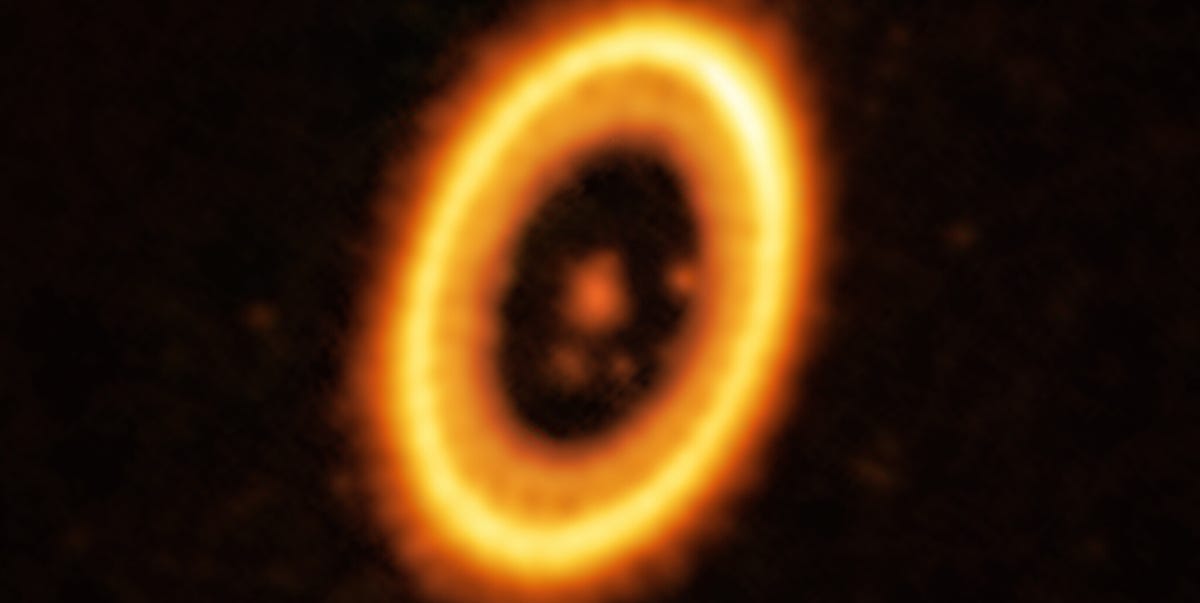
“For the first time we have evidence.”
A planet with a “sister” moving in the same orbit around the star. A team of astronomers think they have found evidence of this. Researchers have detected a debris cloud that appears to be in the same orbit as exoplanet PDS 70b. And not just any debris cloud. The debris may contain the building blocks of a new planet.
“Twenty years ago, there were already theories predicting that two planets of similar mass might have the same orbit around their star – the so-called Trojan planets or co-orbital planets,” says Olga Balsalobre-Rosa, a student at the Centro de Astrobiologia in Madrid and leader of searchwhich was published in June 2023 in Astronomy and astrophysics. “Now, for the first time, we have found evidence to support this idea.”
To do this, the team used the Atacama Large Millimeter Array (ALMA), one of the most advanced radio telescopes in the world.
In search of Trojan planets
Trojans, which are rocky bodies that share an orbit with a planet, can be found in many places in our solar system. One well-known example is Jupiter’s Trojans, which are thousands of asteroids that are in the same orbit around the sun as the gas giant.
But is it also possible for two planets to share their orbits? Astronomers have long believed such a thing was possible, but practical evidence is scarce.
“Trojans are like unicorns: theoretically they should exist, but no one has ever discovered them,” says Jorge Lillo Box, a researcher at Centro de Astrobiologia and co-author of the study.
His team’s discovery is the strongest evidence yet. Using ALMA, the researchers zeroed in on the system around the young star PDS 70, about 370 light-years from Earth. This system was already known to contain two large Jupiter-like planets: PDS 70b and PDS 70c. But now in the orbit of PDS 70b, what appears to be a cloud of debris twice the size of the Moon has been observed.
search breakthrough
According to the researchers, this debris cloud points to the Trojan system. In fact, they think the wreckage may be a planet in the process of formation — or the remnants of something that was once a planet. “It’s surprising to me that two planets share the same orbit,” says Balsalobre-Rosa. Imagine two worlds in which the year is the same length and the living conditions are the same. Our work is the first evidence that these kinds of worlds exist.
The initial results of the study are promising, but to confirm their suspicions, the researchers will have to wait until 2026. Only then can they use ALMA again to see if PDS 70b and its debris cloud sister are moving together in their orbit around the star. Balsalobre-Ruza: “This would be a breakthrough in exoplanet research.”
Online editor National Geographic
Myrthe Prins has worked as a journalist for over ten years – writing travel stories for Traveller, being a correspondent for PZC and interviewing many researchers for her science column in National Geographic Magazine. In addition to working as an online editor, she writes poetry and prose, learns new languages, and helps her team escape from escape rooms.

“Travel enthusiast. Alcohol lover. Friendly entrepreneur. Coffeeaholic. Award-winning writer.”

